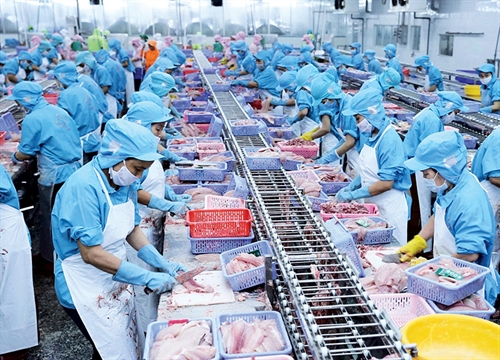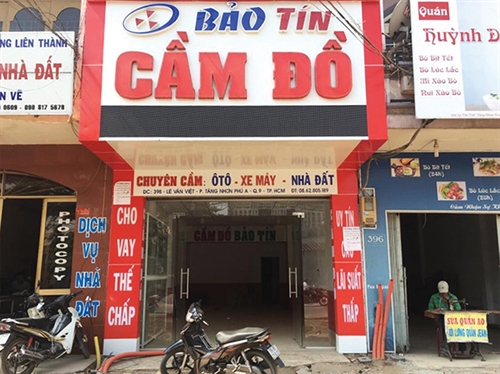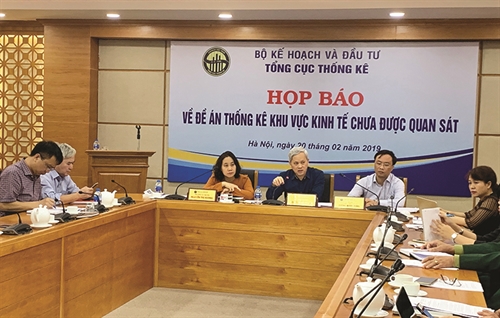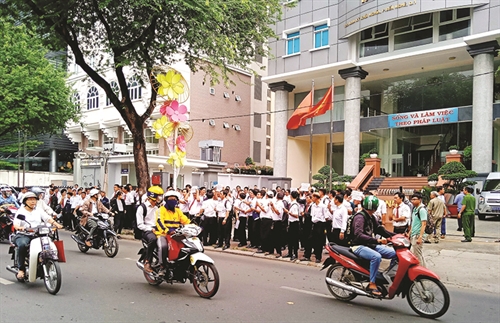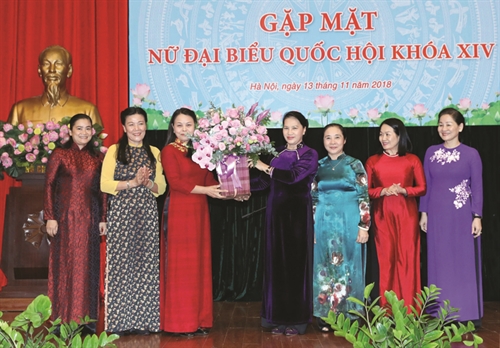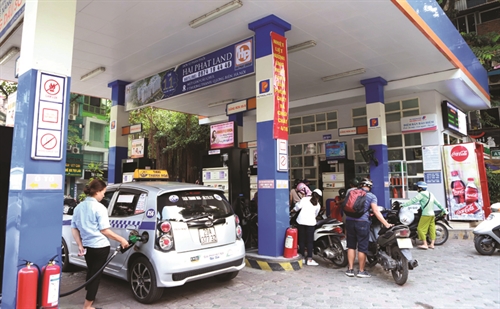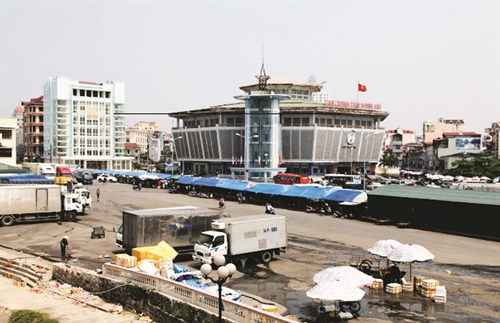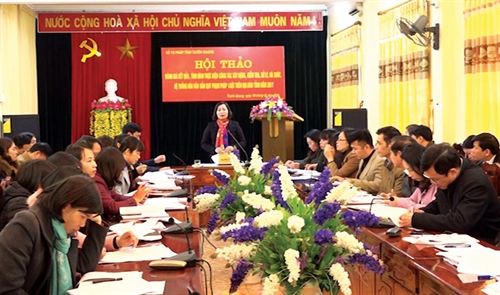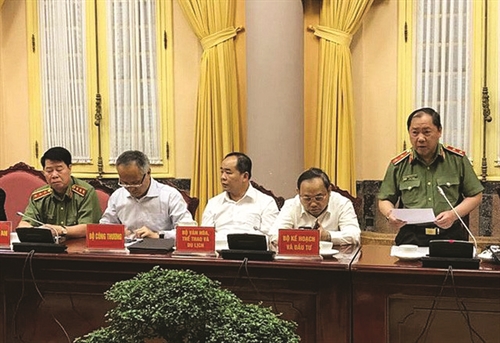>>Ministry to set 'Made in Vietnam' criteria
Local media last month reported that Asanzo, a local electronics manufacturer currently holding more than 16 percent of Vietnam’s TV receiver market share, did not produce but imported spare parts from China, then assembled them into finished products with “Made in Vietnam” labels for domestic sale.
This sounds like a typical “origin fraud” case. Right after the scandal broke, many electronics retailers removed Asanzo products from their shelves. The High-Quality Vietnamese Product Business Association withdrew the Vietnamese High-Quality Goods title given to Asanzo, saying that Asanzo lied about the origin of their products. Prime Minister Nguyen Xuan Phuc immediately ordered related authorities to investigate the case.
However, from the legal perspective, it seems uneasy to conclude whether Asanzo has committed an “origin fraud”. In case a business imports products in complete units and tamper with their origin labels for either domestic sale or export, it will surely be charged of origin fraud.
In a recent press conference on origin fraud prevention and control, Au Anh Tuan, head of the Customs Control and Supervision Department under the General Department of Customs, admitted that currently there were no legal grounds for determining the origin of products which are assembled from imported parts.
“We have adopted the rules of origin applicable to exports but none for goods sold in the domestic market. Hence, there are not yet any regulations to be referred to when determining whether a product assembled in the country from imported components may be stuck with the “Made in Vietnam” label,” Tuan said.
The case of Asanzo has sparked hot discussions about the “Made in Vietnam” label as well as the significance of “Made in Vietnam” labeling.
 |
| Vietnamese fruit stalls at a Vinmart in Tan An city, Long An province__Photo: baolonganonline |
What does the “Made in Vietnam” label mean?
At first glance, it seems to be an easy question. Most consumers simply think that a made-in-Vietnam product is a product made at home. But how does the law say about this?
Under the 2005 Commercial Law, origin of goods is defined as a country or territory where the goods are wholly produced or where the last substantial processing of the goods is performed in case more than one country or territory joins in the process of producing such goods.
In 2018, the Government issued Decree 31 detailing the Law on Foreign Trade Management, which basically maintained the above definition with just a minor addition - the phrase “or group of countries” is added following the word “country”.
According to lawyer Pham Duy Khuong from the SB law firm, these regulations do not set any specific quantitative criteria for identifying the origin of goods. As a result, enterprises may themselves assess and stick the “Made in Vietnam” stamp on their products at their own decision.
“This is a legal loophole or maybe state agencies are unable to quantify the criteria for every product”, he commented.
Khuong is not the only one expressing concerns about the ambiguity of the existing rules of origin.
At a recent seminar titled “What is Made in Vietnam”, lawyer Tran Ngoc Trung from Baker & McKenzie law firm also cited Asanzo as a typical example to illustrate the legal gap on origin labeling.
Under Article 10.1 of Decree 43 of 2017 on goods labeling, mandatory contents to be shown on a goods label include the name of the goods; name and address of the entity responsible for the goods; origin of the goods; and other relevant details of the goods.
Article 15.1 of the Decree stipulates: “Manufacturers and importers shall identify by themselves and inscribe the origin of goods truthfully, accurately, and in accordance with the laws and regulations on the origin of goods or with the agreements to which Vietnam has acceded or signed.”
However, the Decree says nothing about origin labeling requirements and rules.
“Hence, enterprises may base themselves on either domestic law or bilateral or multilateral agreements which Vietnam has signed to identify the origin of their products,” Trung said.
“If judging under the ASEAN-China Free Trade Agreement, products which are not originated from Vietnam may not be labeled as “Made in Vietnam”. However, under WTO regulations, which are effective for both Vietnam and China, it seemed Asanzo did nothing wrong when using the “Made in Vietnam” stamps for their products because the last stage of production was carried out in Vietnam, even though all production materials were imported from China,” the lawyer explained.
How significant is origin labeling?
The primary purpose of origin labeling is to protect consumers, who have the right to know where the products they want to buy come from. However, the lack of specific criteria on the origin labeling of goods, especially those assembled from imported components, puts domestic consumers into a confusing situation when they themselves have to either identify the origin of goods or believe in manufacturers’ unverified declaration on the origin of goods. This situation should be soon remedied as origin frauds concerning “made-in-Vietnam” products not only dampen consumers’ confidence but also exert negative impacts on domestic production, damaging the prestige and competitiveness of genuine “made-in-Vietnam” goods.
Another concern is the abuse of origin labeling for enjoying tariff incentives under the free trade agreements (FTAs) which Vietnam has signed or acceded to.
“It is extremely important to identify which products are eligible for the “Made in Vietnam” label, especially when the country has participated in the CPTPP and many other new-generation FTAs,” lawyer Nguyen Thanh Ha from Ho Chi Minh City Bar Association talked with Tai chinh magazine.
“If doing it wrong, Vietnam will be regarded as letting enterprises abuse the country’s origin as goods originated from Vietnam are now entitled to tariff incentives under CPTPP,” he said.
“Once the Vietnamese market is seen as ‘problematic’, every shipment from the country will probably be inspected or have to go through the ‘red’ channel. This will not only cause harms to businesses but also damage the national prestige as well,” Ha added.
Agreeing with Ha, lawyer Bui Quang Tin from Ho Chi Minh City Banking University said Vietnam should, as soon as possible, quantify “Made in Vietnam” criteria, especially those applicable to products assembled from imported components.
“When committing violations [of the rules of origin], Vietnamese businesses can be sued not only at home but also overseas. If local businesses are neglectful, they might violate international law though having complied with domestic regulations. Should it be the case, the damage will be much more heavier,” Tin said.- (VLLF)

